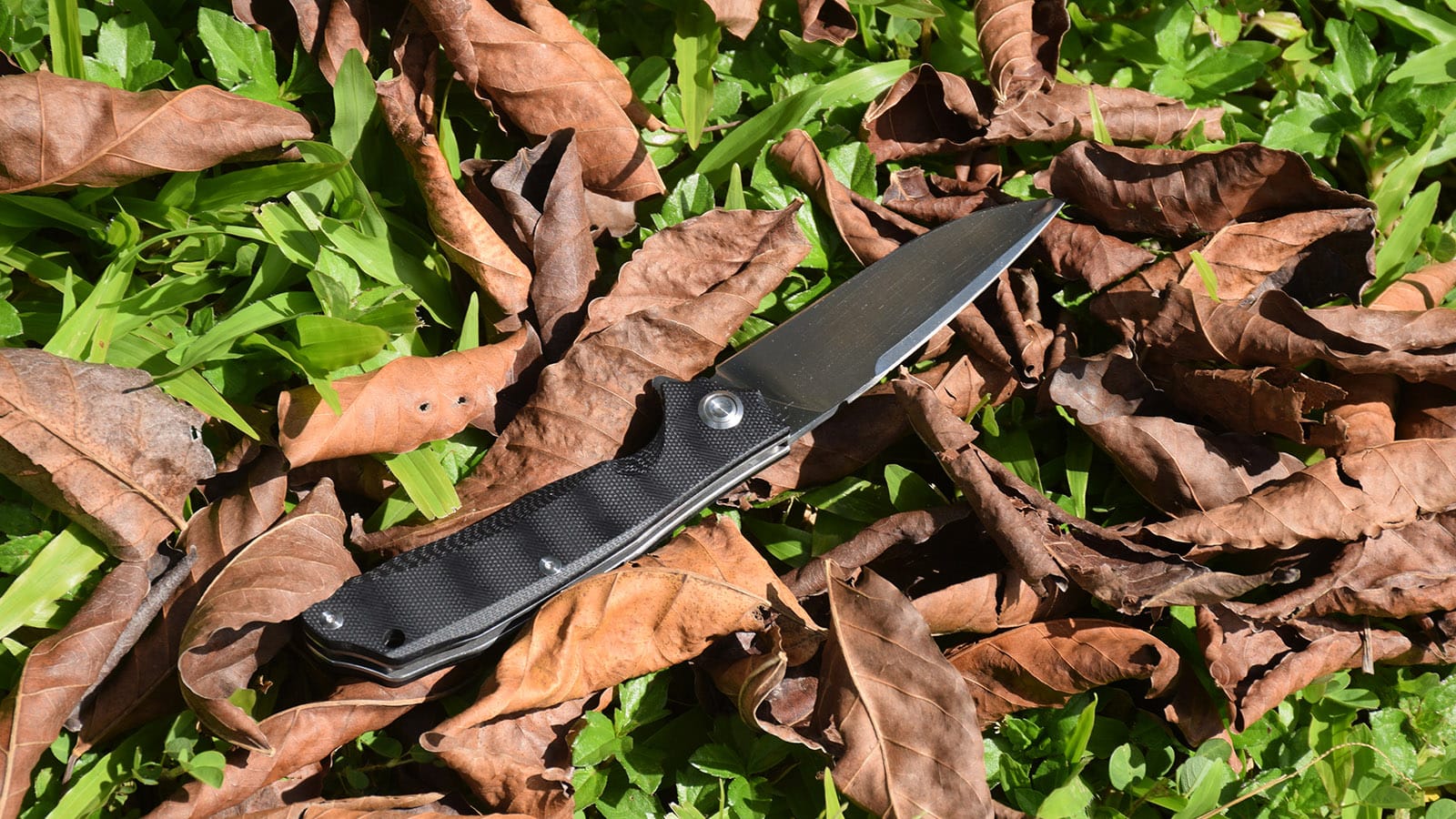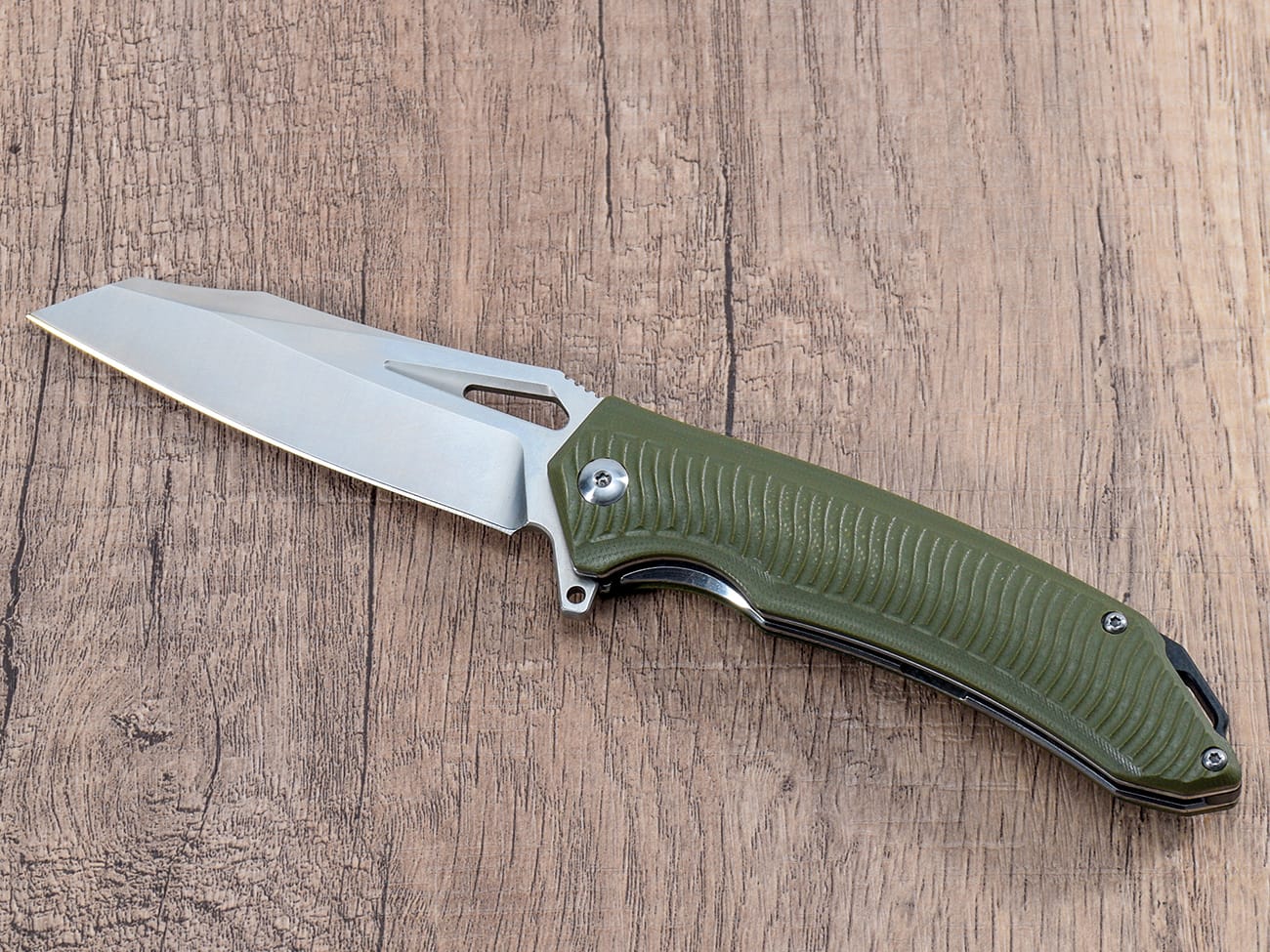Are you struggling with a dull pocket knife? Don’t worry! This beginner-friendly guide will teach you how to sharpen your knife safely and effectively. Whether you’re maintaining your first EDC knife or learning to care for your custom pocket knife, we’ll walk you through every step of the process.
Why Do I Need to Sharpen My Knife?
A sharp knife is actually safer than a dull one because:
- It requires less force to cut
- Provides better control
- Reduces the risk of slipping
- Makes clean, precise cuts
- Prevents frustration during use
What Tools Do I Need to Get Started?
For beginners, start with these basic sharpening tools:
- A basic whetstone (dual-sided)
- Clean water or mineral oil (lubricant)
- A clean cloth
- Optional: Sharpening guide
“The right tools make all the difference when learning to sharpen. Start simple and upgrade as you gain experience.” – Knife sharpening experts
How Can I Tell If My Knife Needs Sharpening?
Simple tests to check if your folding knife needs sharpening:
- Paper test: Try slicing through printer paper
- Tomato test: Attempt to slice a tomato with minimal pressure
- Thumbnail test: Gently drag (don’t cut) the edge across your thumbnail

Basic knife sharpening setup with whetstone and lubricant
What’s the Correct Angle for Sharpening?
For beginners, try these tips:
- Most pocket knives use a 20-degree angle
- Use the “quarter trick” – stand a quarter on its edge against the stone
- Rest the blade against the quarter to find the angle
- Consider buying an angle guide for consistency
Step-by-Step Sharpening Guide for Beginners
- Prepare Your Workspace
- Find a flat, stable surface
- Good lighting is essential
- Keep your lubricant handy
- Have a clean cloth ready
- Prepare the Stone
- Soak the stone if required
- Apply lubricant generously
- Start with the coarse grit side
- Basic Sharpening Motion
- Hold the knife at your chosen angle
- Push the blade forward and across the stone
- Use light, consistent pressure
- Maintain the same angle throughout
Common Beginner Mistakes to Avoid
- Using too much pressure
- Changing angles while sharpening
- Forgetting to use lubricant
- Starting with stones that are too fine
- Expecting immediate results
How to Practice Safely
Safety tips for beginners:
- Always cut away from yourself
- Take frequent breaks
- Work slowly and deliberately
- Keep fingers away from the edge
- Clean up thoroughly after finishing
When Should I Use Different Grits?
A simple guide for beginners:
| Grit Level | When to Use |
|---|---|
| Coarse (400-600) | Very dull or damaged blades |
| Medium (1000-1500) | Regular maintenance |
| Fine (3000+) | Final polishing |
How Do I Know When I’m Done?
Your stainless steel blade is properly sharpened when:
- It easily slices paper
- The edge feels smooth
- No visible nicks or rough spots
- Cuts with minimal pressure
Key Takeaways for Beginners:
- Start with basic tools and upgrade later
- Consistency is more important than speed
- Use light pressure
- Maintain your angle
- Practice regularly
- Safety comes first
- Be patient with the learning process
Remember: Everyone starts as a beginner. Take your time, practice regularly, and you’ll develop this valuable skill naturally.This beginner-focused guide maintains SEO optimization while being more approachable and easier to understand for newcomers to knife sharpening.




